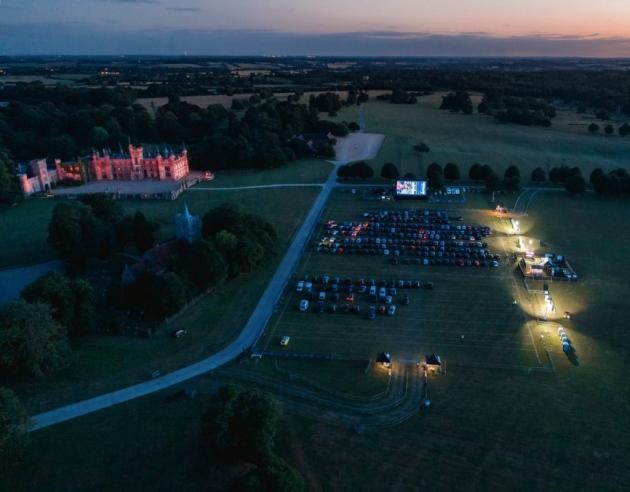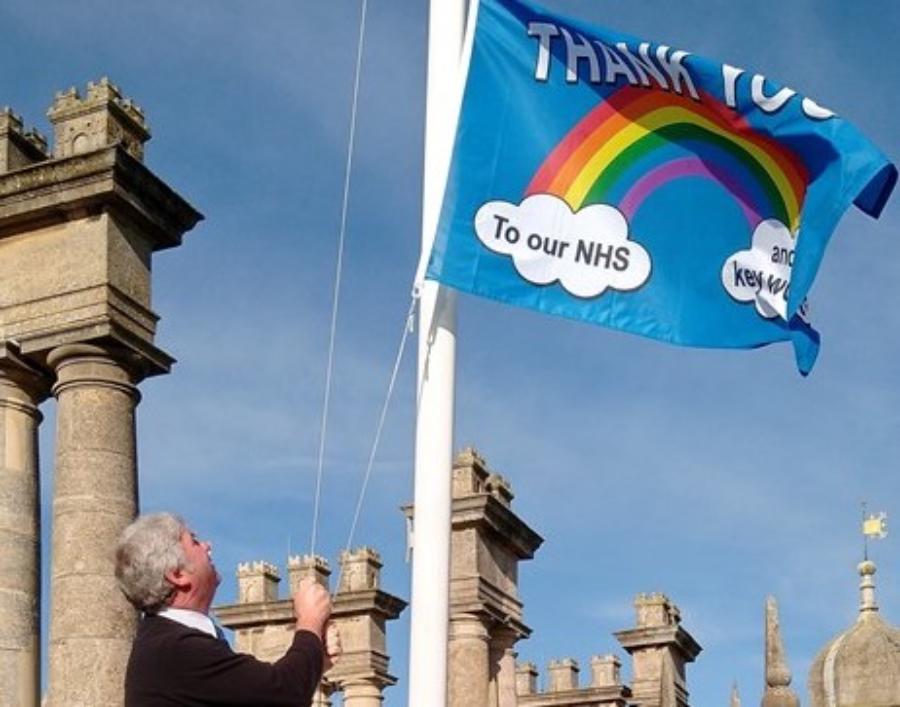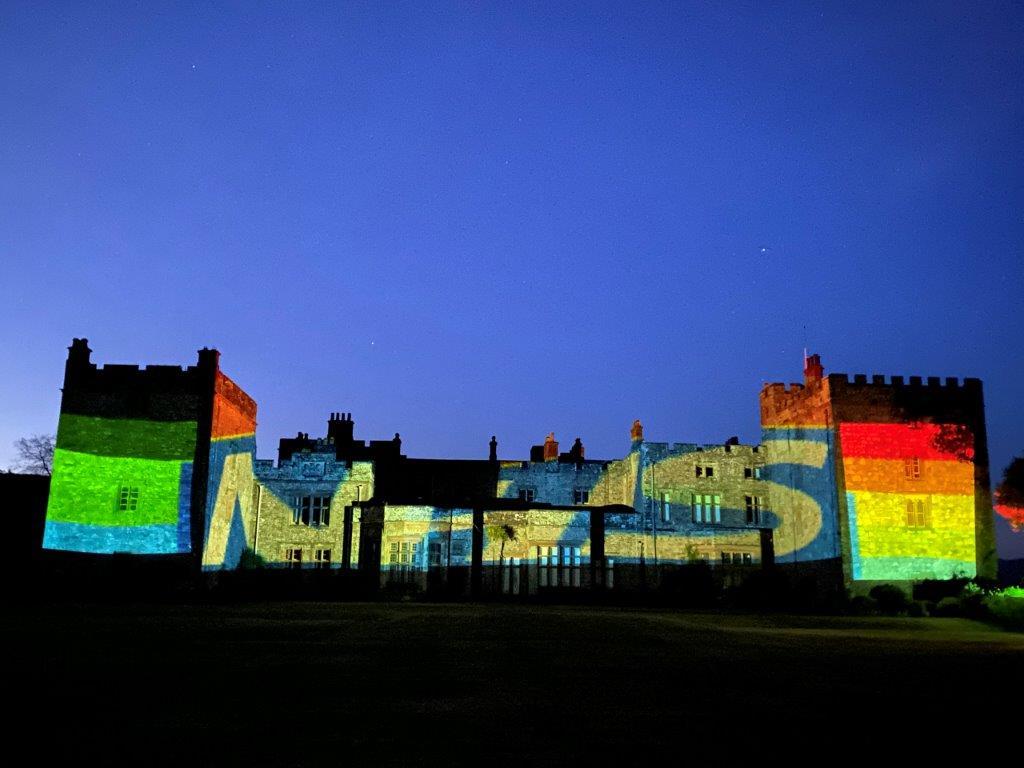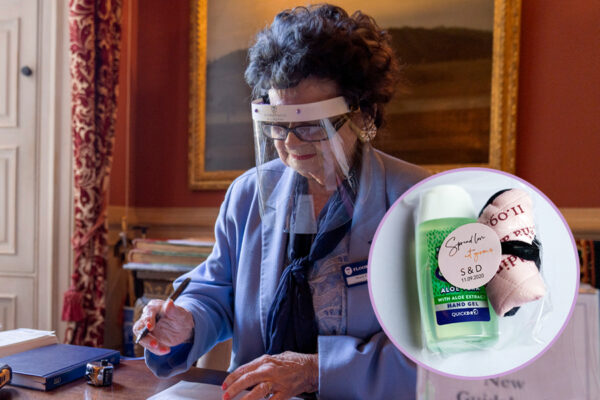Giving the Past a Future

#HereForCulture
The Department for Digital, Culture, Media and Sport spends something like £2.5 billion each year on a diverse portfolio of services that we often take for granted, among them museums, the performing arts and heritage. It is a mark of how important these things are to the economic and social life of the country that the Government announced in July a £1.57 billion rescue package – an in-year increase in DCMS’s budget of nearly two-thirds – for those culture, heritage and arts organisations most damaged by the Covid19 pandemic.

The details of where some of this money is going have now been released (see linnk below), and heritage has benefited hugely. 445 different heritage organisations will share over £100 million between them, spread between grants to cover essential operating costs to grants for programmes of major repairs.
For many recipients, the money will be an absolute lifesaver. Applications for support had to be submitted in August. Back then things looked grim. But the sad fact is that the situation since then has worsened further. Reserves are running dry, and the ending of the furlough scheme this month means the possibility of further job losses.

Culture Recovery Fund grants will help to stave off the worst excesses of the financial problems that many now face. Historic Houses was delighted to have received £2.38 million towards urgent repairs at seven of our member properties. These capital grants will create work for hundreds of contractors up and down the country – roofers, stonemasons, carpenters, plasterers and other skilled heritage professionals – and will help to safeguard these nationally important historic houses for the years to come The race is now on to get the repairs completed by the end of March, in the face of the English winter weather.
Meanwhile, grants from the Culture Recovery Fund for Heritage will help to sustain heritage organisations in one of the harshest trading years in living memory. Ordinarily, Historic Houses member properties receive 27 million visits each year, helping to generate £1 billion in tourism revenue. Our member properties support 34,700 FTE members of staff, largely in rural areas where good local jobs might be hard to come by, and spend millions of pounds every year on supplies and services in their local areas. We won’t see figures anything like that this year. Nonetheless independently owned historic houses remain much-loved elements of their local landscapes. Those that have been successful in securing support will be able to retain more of their staff, as well as adapt their offer and build their resilience so that they are in a position to reopen fully once it is safe to do so.

Not all of our member properties were eligible to apply for a grant, since the money was targeted at tourist attractions in the first instance. We continue to be very worried about the effect of the lockdown on the 500 Historic Houses member properties that rely on income from weddings and events for their survival. These venues employ thousands of people, and welcome millions of ‘visitors’ every year (for example as guests at wedding events). They also sustain a huge supply chain of local industries, among them florists, caterers, hospitality professionals, chauffeurs, mobile discos, cake makers and dress designers. It is an industry that really matters, both for our economy and heritage maintenance, but which, because it is so dispersed, is too easily lost to sight. If there is any loose change from the £1.57 billion, we can think of no more worthy cause than for a second round of support to go to beleaguered historic wedding venues.


